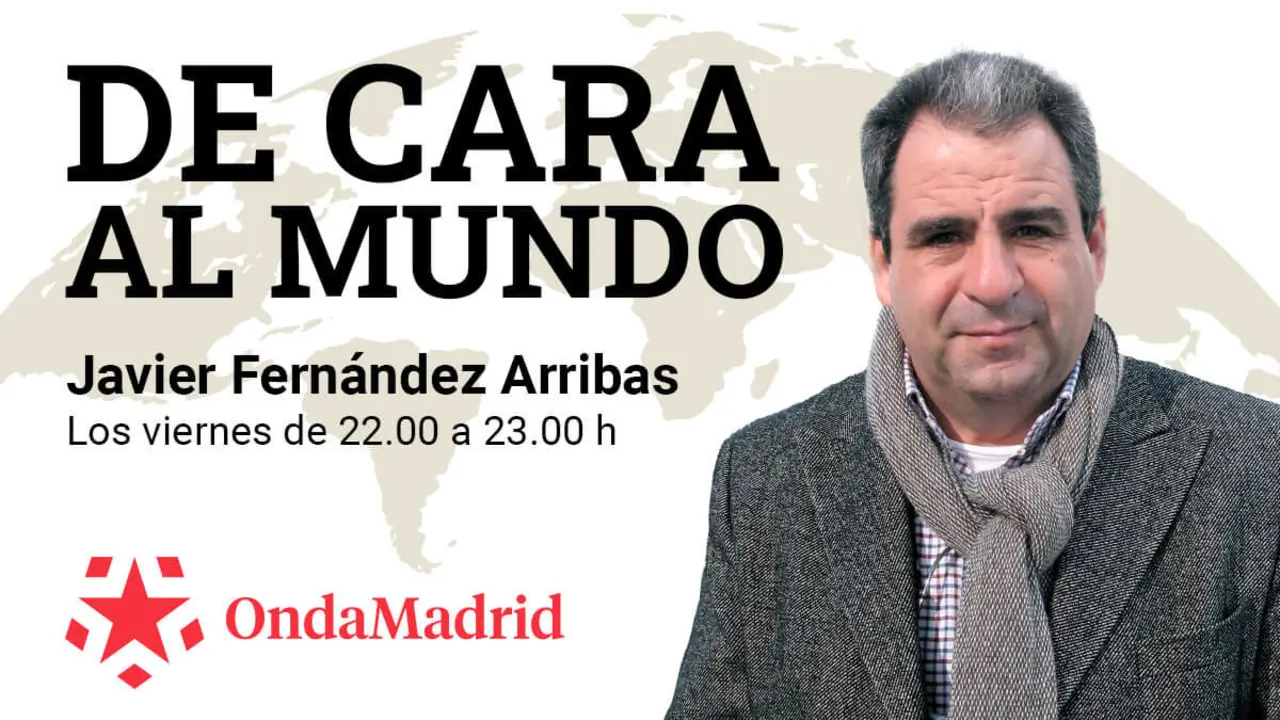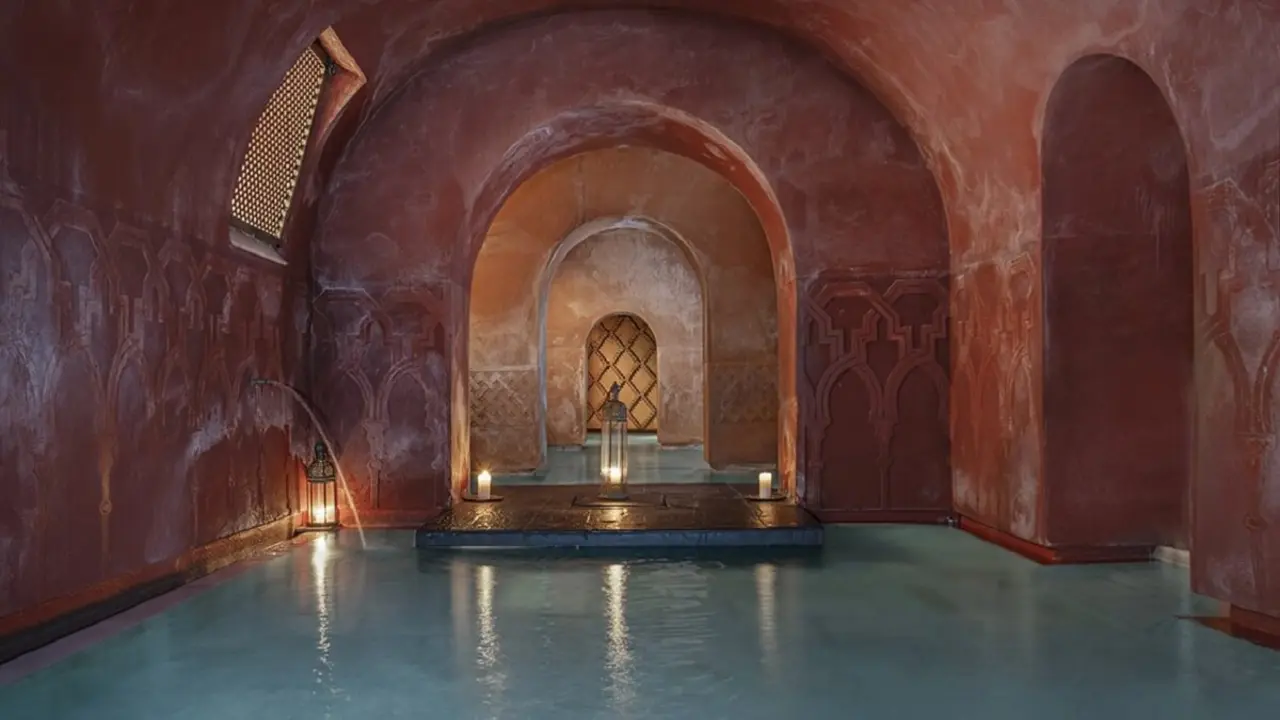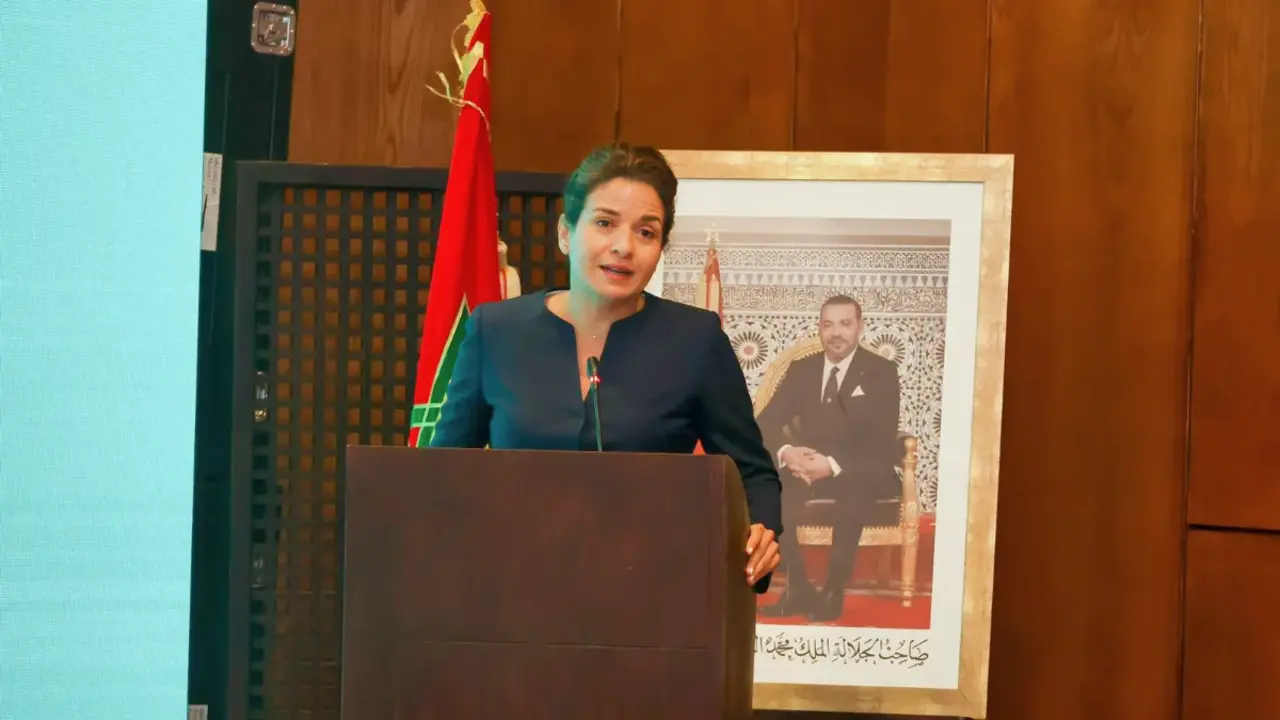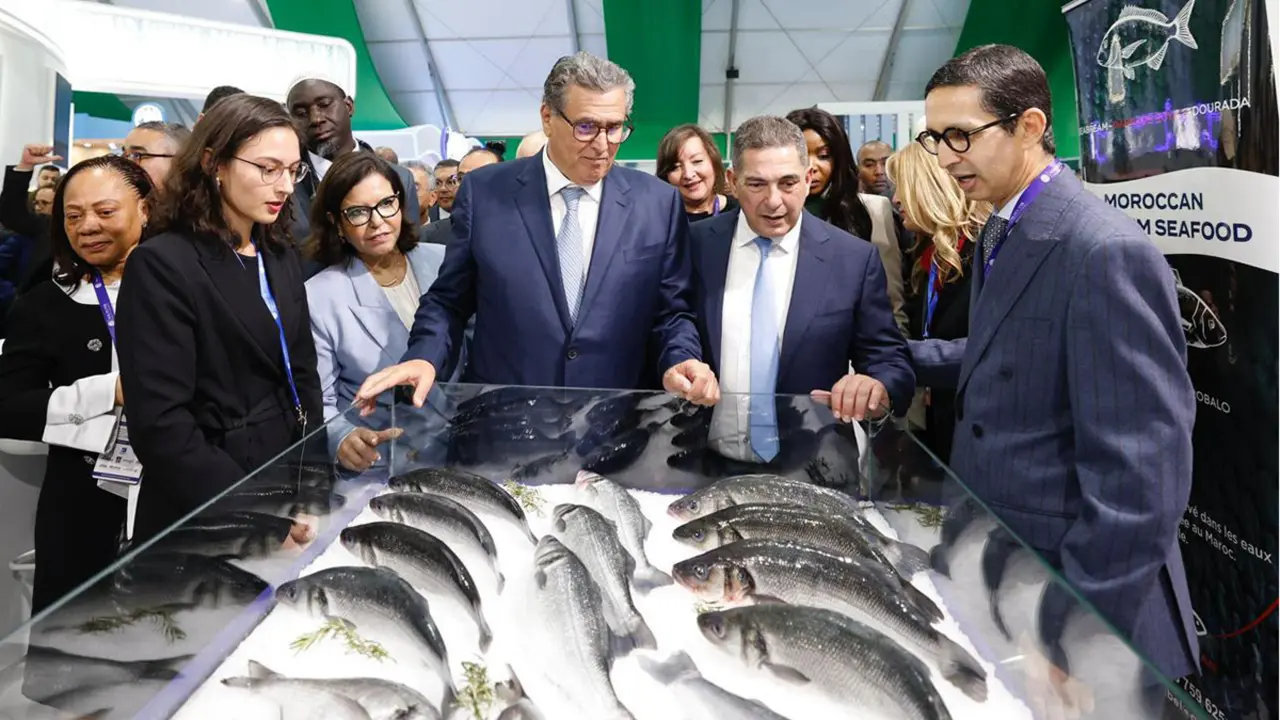Marruecos aumenta la tasa de cobertura médica a más del 70%

The medical coverage rate has reached 70% of beneficiaries by the end of this year. Specifically, 25.2 million people, including 11.17 million who are in AMO - public health insurance schemes in Morocco - as well as 11 million who benefit from the Medical Assistance Scheme (RAMED) - a system that covers people without resources.
The National Health Insurance Agency (ANAM) has prepared this report on the occasion of the International Day of Universal Health Coverage, which reflects these statistics. "Since the introduction of the AMO until today, there has been a clear evolution, not only in terms of the parameters of the scheme, but also in patient care, particularly during the Covid-19 pandemic," says the agency.
For its part, the agency has also announced that it aims to reach 100% medical coverage of the Moroccan population by the end of 2022, as it seeks to transfer the 11 million self-employed and 11 million people covered by RAMED to the AMO system. This growth is good news from what was planned since in 2016, it was proposed that this rate would exceed 90% by 2025, as reported by the Minister of Health of that year, Abdelali Belghiti Alaoui at the opening of the 4th Conference of the African Association of Health Economics and Policy (AFHEA).
In addition to this situation, the number of reimbursable medicines has increased since its installation in 2006, from only 1,000 medicines to 4,850. Also, the tools used to monitor and control the expenditure rate have undergone a major evolution.

This growth is due to the evolution of the number of national identifiers assigned to doctors and professionals working in the health sector and in institutions, both public and private, which have increased this number of codes to 50,000, when initially there were only 5235.
For its part, ANAM adds that the creation of these projects has borne fruit over the years. "Mobilisation and social dialogue are therefore two equal conditions for the success of the Kingdom's Universal Coverage," concludes the agency, in favour of the government's support for the implementation of these projects.
Since 2005, all Moroccan citizens have been obliged to join the AMO (assurance maladie obligatorie, or its literal translation, compulsory health insurance), which is a basic medical coverage financed through the Alawi country's social security system. This system provides health care to employees registered with this insurance that protects them from the risk of contracting any illness, both the affiliated person and his or her spouse and children under 21 who are not married. The AMO itself provides general medical care, both basic medical and surgical care, follow-up care for pregnancies and all that this entails, optical, oral and paramedical care, as well as radiology and diagnostic imaging. The only thing not covered by this type of insurance is accidents in the workplace.

On the other hand, the other social security system in the kingdom is the RAMED, the Medical Assistance Scheme, which is based on the principles of social assistance and is dedicated to people with fewer monetary resources.
According to the Kingdom of Morocco News Agency, or MAP News, in 2021, 24.7% of employed people have medical coverage linked to employment, with data reflecting that 36.6% are in the cities and 8.2% in the more rural areas. The High Commissioner for the Plan (HCP) states that the workers with the highest rate of increase in medical coverage are in industry services, followed by those in services, public works, agriculture and fishing.







